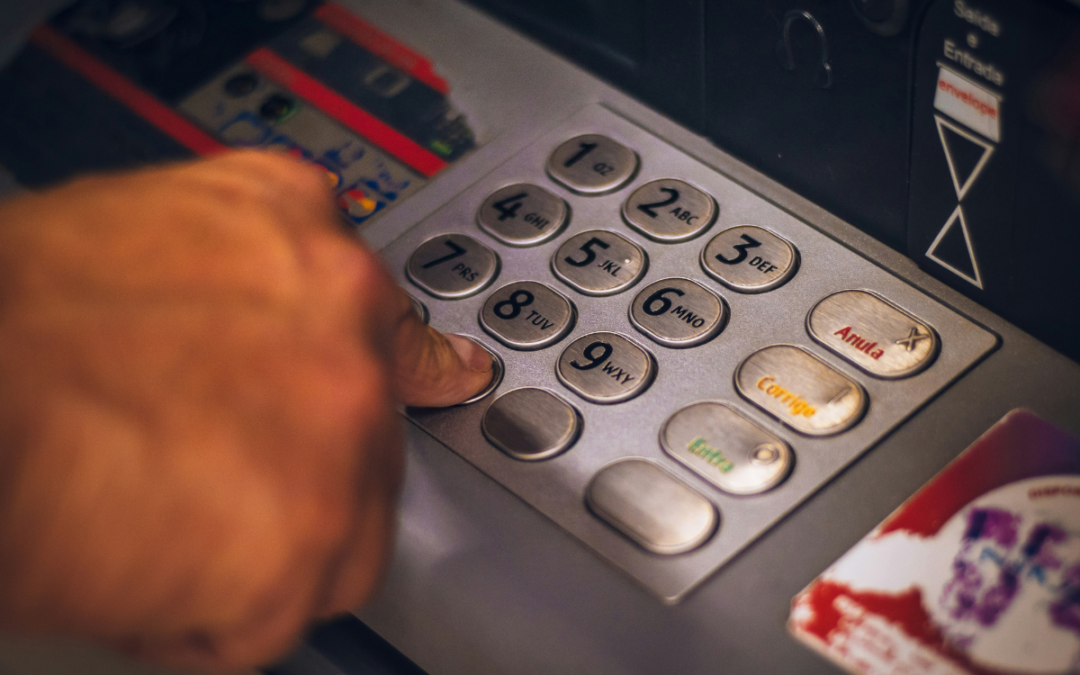The Ultimate Guide to Credit Repair Before Your Mortgage Journey
Featuring the Essential Pre-Mortgage Credit Checklist That Could Save You Thousands
🚨 Reality Check
Did you know that 1 in 3 mortgage applications gets rejected due to poor credit? Don't let your dream home slip through your fingers because of credit issues you could have fixed months ago.
The Brutal Truth About Credit and Mortgages
Picture this: You've finally found your dream home. The neighborhood is perfect, the price is right, and you can already imagine your future there. Then comes the mortgage application, and your world comes crashing down. Your credit score isn't just a number – it's the gatekeeper to your homeownership dreams.
The Cost of Poor Credit
On a $300,000 mortgage, the difference between excellent and poor credit could cost you over $100,000 in additional interest over the life of your loan. That's not just numbers – that's college education for your kids or a comfortable retirement, vanishing because of credit issues you could have addressed.
The Credit Score Danger Zones
300-579
580-669
670-739
740-799
800-850
Common Credit Killers
Late Payments
A single 30-day late payment can drop your score by up to 110 points. That's enough to push you from "approvable" to "high risk" in the eyes of mortgage lenders.
High Credit Utilization
Using more than 30% of your available credit can signal financial stress to lenders. Many rejected applicants don't realize they're making this mistake until it's too late.
Credit Inquiries
Each hard inquiry can lower your score by 5-10 points. Shopping for a car loan while preparing for a mortgage? You might be sabotaging your home buying plans.
The Pre-Mortgage Credit Checklist: Your Gateway to Approval
🎯 Critical Warning
Studies show that borrowers who complete a structured credit preparation checklist are 72% more likely to secure mortgage approval with favorable rates. Your dream home's affordability hangs in the balance.
Before diving into the checklist, understand this: Each item represents a critical factor that mortgage underwriters scrutinize. Missing even one could be the difference between approval and rejection.
The Ultimate Pre-Mortgage Credit Checklist
6-12 Months Before Application
- □ Pull credit reports from all three bureaus
- □ Dispute any errors or inaccuracies
- □ Stop applying for new credit
- □ Begin paying down revolving debt
3-6 Months Before Application
- □ Reduce credit utilization below 30%
- □ Set up automatic payments for all accounts
- □ Address any collection accounts
- □ Build emergency savings fund
1-3 Months Before Application
- □ Maintain credit utilization below 10%
- □ Gather proof of on-time payments
- □ Freeze credit reports
- □ Document all income sources
Final Month Preparation
- □ Review updated credit scores
- □ Prepare explanation letters for any past issues
- □ Document all assets and their sources
- □ Avoid any major purchases or life changes
The Solution: Your Pre-Mortgage Credit Repair Roadmap
But here's the good news: you're not powerless. The checklist you saw above is your roadmap to mortgage-ready credit. Let's break down why each step is crucial:
Pro Tip: Start Early
Begin your credit repair journey at least 6-12 months before you plan to apply for a mortgage. This gives you enough time to:
- Dispute and resolve errors
- Establish a solid payment history
- Lower your credit utilization
- Let negative items age
Success Stories
"I was devastated when my first mortgage application was rejected. My credit score was 612. Using this checklist, I spent 8 months repairing my credit. My score jumped to 728, and I just closed on my dream home with an interest rate I never thought possible."
Your Next Steps
Don't let poor credit stand between you and your dream home. Start with the checklist above and make a commitment to following through with each step.
Jump to Credit Repair ChecklistUnderstanding the Mortgage Credit Score Landscape in 2024
The mortgage industry has become increasingly stringent with credit requirements, especially in today's economic climate. Your credit score isn't just a number—it's the key that either unlocks your dream home or keeps it frustratingly out of reach.
Current Mortgage Rate Spreads Based on Credit Scores
| Credit Score Range | Rate Increase | Monthly Impact* | 30-Year Impact |
|---|---|---|---|
| 760-850 | Base Rate | $0 | $0 |
| 700-759 | +0.25% | +$42 | +$15,120 |
| 660-699 | +0.75% | +$129 | +$46,440 |
| 620-659 | +1.5% | +$265 | +$95,400 |
*Based on a $300,000 mortgage
The Hidden Credit Factors That Mortgage Lenders Scrutinize
Beyond the Score: What Lenders Really Look At
- Payment History (35% of score)
- Credit Utilization (30% of score)
- Length of Credit History (15% of score)
- Credit Mix (10% of score)
- New Credit (10% of score)
While most people focus solely on their credit score, lenders dive deep into your credit report, analyzing patterns and behaviors that might indicate future risk. Let's break down each component and understand how it affects your mortgage application.
1. Payment History: The Foundation of Trust
Your payment history is the single most crucial factor in your credit score. A single 30-day late payment can haunt your credit report for up to seven years. Here's what many don't realize: even a late payment on a $20 credit card bill can impact your ability to secure a mortgage just as much as missing a car payment.
Impact of Late Payments on Credit Scores
- 30 days late: 60-110 point drop
- 60 days late: Additional 40-70 point drop
- 90 days late: Additional 30-50 point drop
Credit Utilization: The Silent Score Killer
Many prospective homebuyers make the critical mistake of maxing out credit cards while saving for a down payment. This approach can backfire spectacularly. Your credit utilization ratio accounts for 30% of your credit score, and high utilization can signal financial distress to lenders.
Optimal Credit Utilization Strategy
For the best mortgage rates, aim to keep your credit utilization below 10% across all cards. Never exceed 30% utilization on any single card, even if you plan to pay it off in full.
The 12-Month Mortgage-Ready Credit Blueprint
Months 12-10: Assessment and Planning
- Pull credit reports from all three bureaus
- Dispute any errors or inaccuracies
- Calculate current debt-to-income ratio
- Create a debt paydown strategy
Months 9-7: Active Credit Building
- Reduce credit utilization below 10%
- Set up automatic payments for all accounts
- Diversify credit mix if necessary
- Address collection accounts
Months 6-4: Score Optimization
- Maintain low credit utilization
- Avoid new credit applications
- Build emergency savings
- Document income and assets
Months 3-1: Pre-Mortgage Preparation
- Freeze credit to prevent new inquiries
- Gather mortgage documentation
- Maintain current employment
- Avoid major purchases




